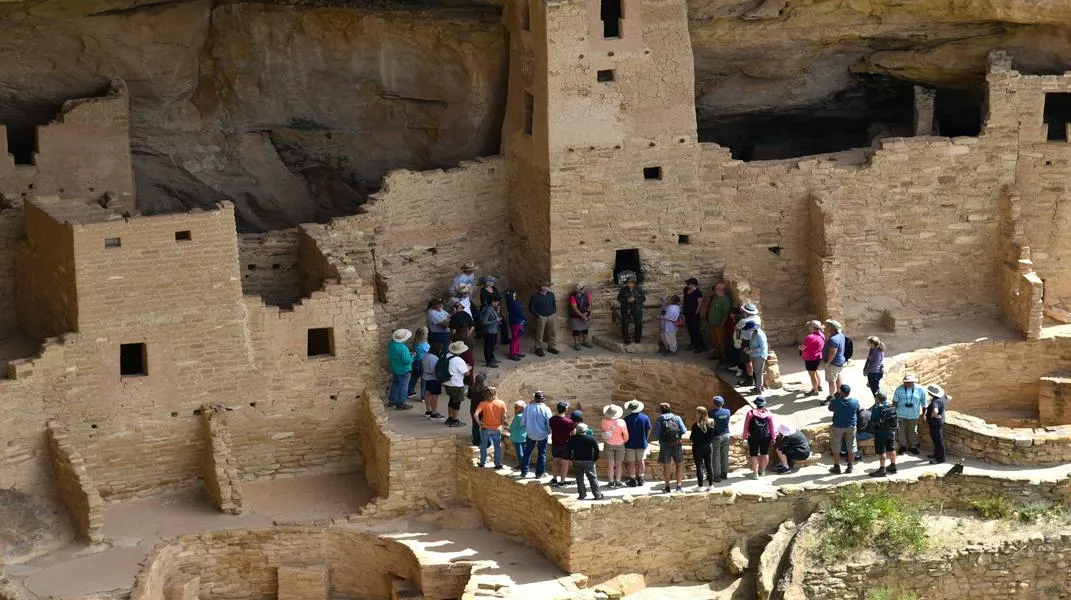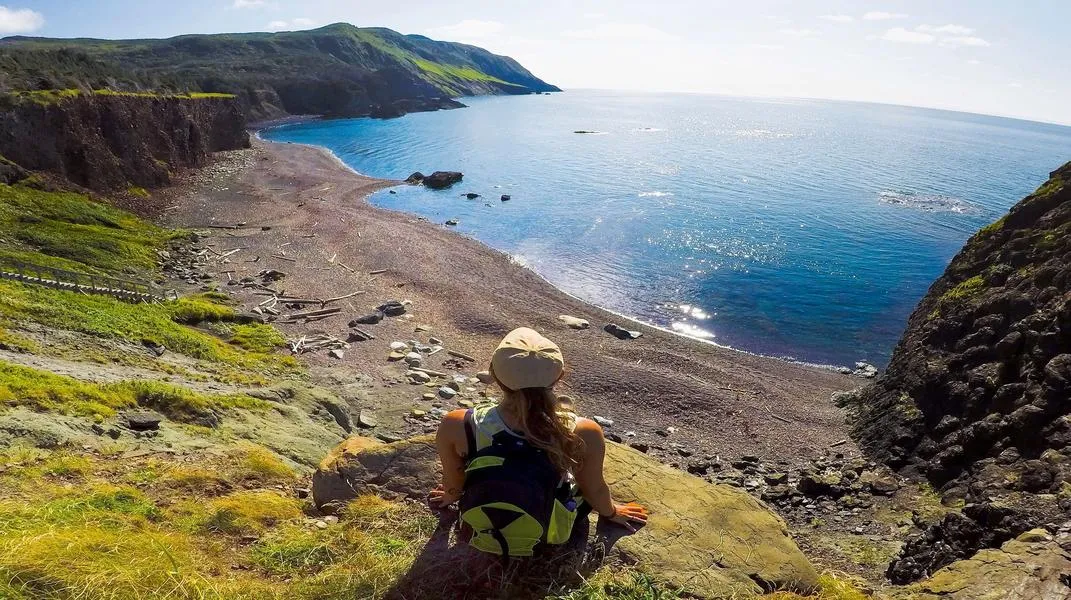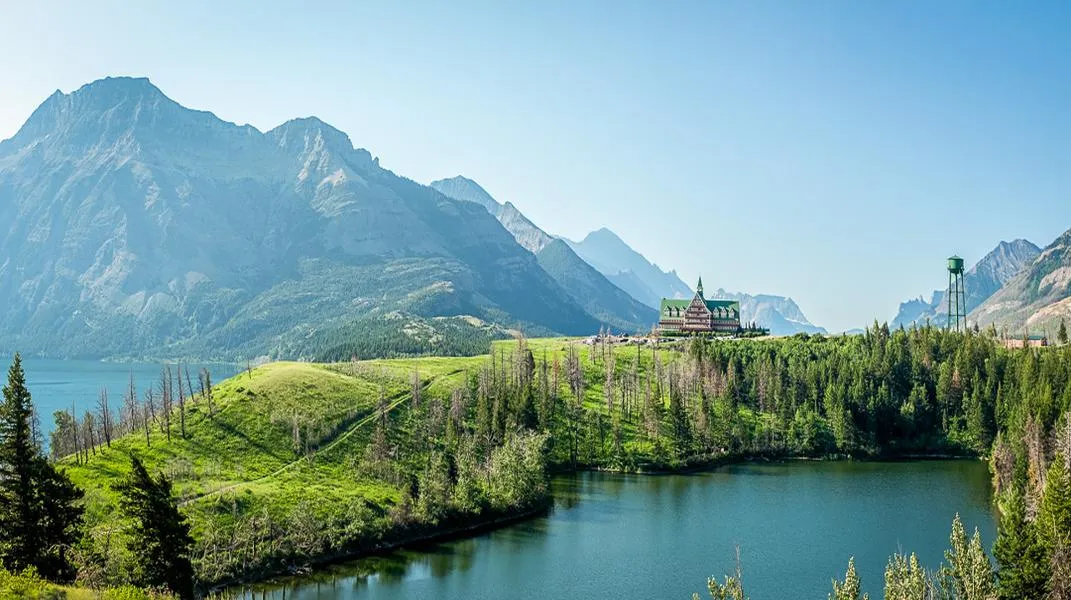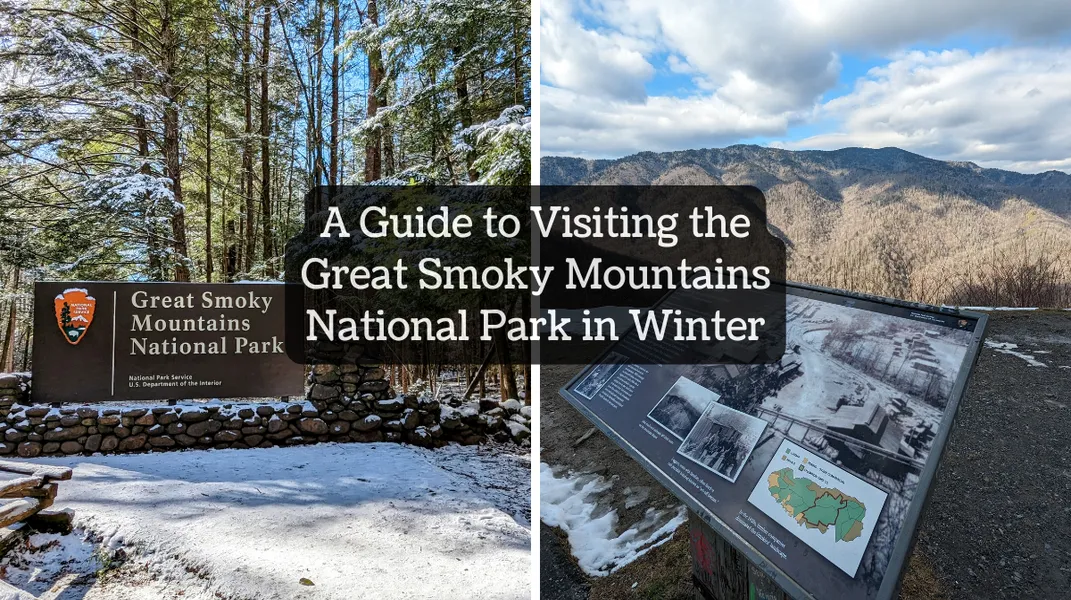Exploring the Majestic Crater Lake National Park: A Comprehensive Guide
Nestled in the heart of southern Oregon, Crater Lake National Park is a stunning natural wonder that captivates visitors with its breathtaking beauty and unique geological features. Formed by the collapse of a volcanic caldera, this park showcases the deepest lake in the United States, offering a serene blue hue that reflects the sky, surrounded by towering cliffs and lush forests. Whether you are an outdoor enthusiast, a photography buff, or someone seeking tranquility in nature, Crater Lake National Park has something for everyone.
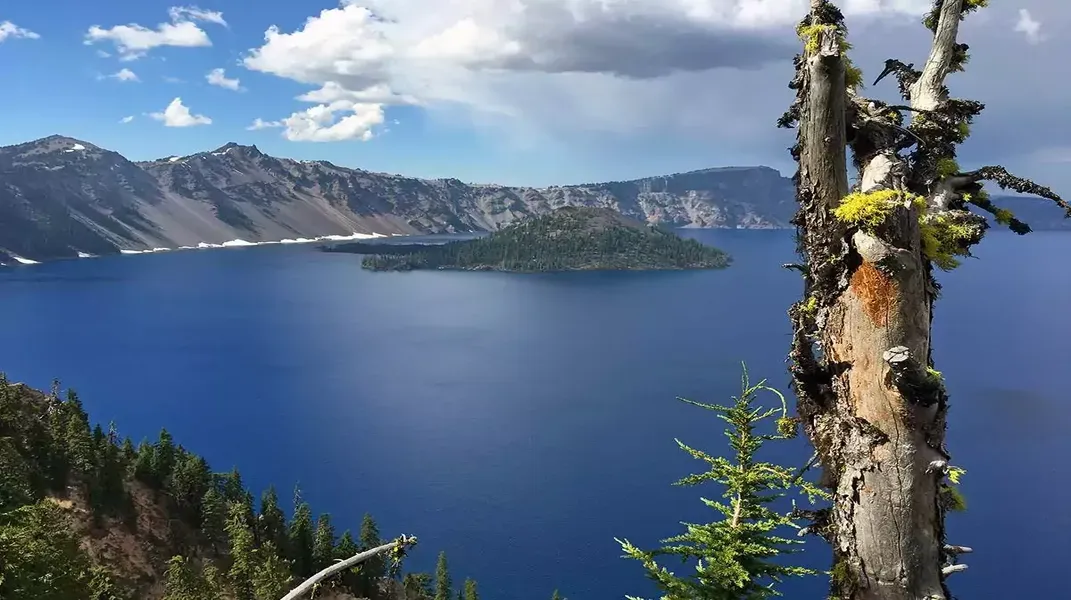
Introduction
Nestled in the heart of southern Oregon, Crater Lake National Park is a stunning natural wonder that captivates visitors with its breathtaking beauty and unique geological features. Formed by the collapse of a volcanic caldera, this park showcases the deepest lake in the United States, offering a serene blue hue that reflects the sky, surrounded by towering cliffs and lush forests. Whether you are an outdoor enthusiast, a photography buff, or someone seeking tranquility in nature, Crater Lake National Park has something for everyone.
In this guide, we will explore the park's remarkable features, discuss the best times to visit, and provide a detailed list of materials you need to prepare for an unforgettable trip.
The Geological Wonder of Crater Lake
Crater Lake was formed approximately 7,700 years ago following the eruption and subsequent collapse of Mount Mazama, a stratovolcano. The caldera formed by this collapse eventually filled with rainwater and snowmelt, creating a lake that reaches a maximum depth of 1,943 feet (592 meters), making it the deepest in the United States and the ninth deepest in the world.
The lake's remarkable blue color is due to its remarkable purity; it has no inlets or rivers flowing into it, resulting in minimal sediment and a striking clarity that can be appreciated from various viewpoints around the park. The surrounding cliffs, known as the caldera rim, rise up to 2,000 feet above the lake, providing stunning vistas and a dramatic backdrop.
The park is home to a variety of geological formations, including the iconic Wizard Island, a cinder cone that rises 763 feet above the lake. Visitors can hike to the summit of Wizard Island for panoramic views or take a boat tour to explore its shores.
Flora and Fauna
Crater Lake National Park is also a haven for diverse flora and fauna. The park encompasses over 183,000 acres of lush forests, alpine meadows, and volcanic landscapes. Visitors can observe a variety of plant species, including Douglas fir, whitebark pine, and various wildflowers that bloom during the warmer months.
Wildlife enthusiasts will appreciate the chance to spot animals such as mule deer, black bears, coyotes, and numerous bird species, including peregrine falcons and bald eagles. The park is particularly enchanting in the spring when vibrant wildflowers bloom, creating a colorful tapestry against the lake's deep blue backdrop.
Best Times to Visit
The climate at Crater Lake varies significantly throughout the year, influencing the best times to visit.
- Summer (June to September): This is the most popular time to visit, with warm temperatures, clear skies, and the majority of park facilities open. Average daytime temperatures range from 70°F to 80°F (21°C to 27°C), making it ideal for hiking, camping, and boat tours.
- Fall (October to November): Early fall can be a beautiful time to visit, with fewer crowds and stunning autumn foliage. However, temperatures begin to drop, and winter weather can arrive as early as late October.
- Winter (December to March): Winter transforms Crater Lake into a snowy wonderland, attracting visitors for snowshoeing and cross-country skiing. The park is less accessible due to snow, and many facilities close, but the serene beauty of the snow-covered landscape is worth experiencing.
- Spring (April to May): Spring brings melting snow and blooming wildflowers, but some park areas may still be inaccessible due to lingering snow. The lake is often still frozen in early spring, creating a unique visual spectacle.
Preparing for Your Visit: Essential Materials
To ensure a smooth and enjoyable experience at Crater Lake National Park, it is essential to prepare adequately for your visit. Here’s a comprehensive checklist of materials you will need:
1. Clothing and Footwear
- Layered Clothing: The weather can change rapidly, so pack layers to accommodate varying temperatures. Include moisture-wicking base layers, insulating mid-layers, and waterproof outer layers.
- Hiking Boots: Sturdy, comfortable hiking boots with good traction are essential for exploring the park’s trails.
- Hat and Gloves: These are crucial for cooler weather, especially during the spring and fall.
- Sunglasses and Sunscreen: Protect your skin and eyes from the sun’s rays, as UV exposure can be stronger at higher elevations.
2. Camping Gear (if applicable)
- Tent and Sleeping Bag: If you plan to camp, choose a weather-appropriate tent and a sleeping bag rated for the expected temperatures.
- Cooking Equipment: Bring a portable camping stove, cookware, utensils, and food supplies for your meals.
- Cooler: A cooler can help keep perishables fresh during your stay.
3. Hiking Supplies
- Daypack: A comfortable backpack for day hikes to carry water, snacks, and extra layers.
- Water Bottles or Hydration System: Stay hydrated during your hikes; aim for at least two liters of water per person per day.
- Snacks: Energy-boosting snacks, such as trail mix, granola bars, or fruit, are great for keeping you fueled on the trails.
- Map and Compass: While many trails are well-marked, having a physical map and compass can help you navigate if needed.
4. Safety and First-Aid
- First-Aid Kit: A basic first-aid kit is essential for treating minor injuries or ailments.
- Insect Repellent: Mosquitoes and other insects can be prevalent in the warmer months, so pack a good-quality insect repellent.
- Whistle: A whistle can be a useful tool for signaling for help if you get lost.
5. Photography Gear
- Camera: Don’t forget your camera or smartphone to capture the stunning landscapes. Bring extra batteries and memory cards.
- Tripod: A tripod will help you take stable shots, especially for low-light conditions at sunrise or sunset.
6. Miscellaneous Items
- Binoculars: Great for wildlife viewing and enjoying the expansive views of the lake and surrounding landscapes.
- Notebook and Pen: Perfect for journaling your experiences or sketching the breathtaking scenery.
- Trash Bags: Follow Leave No Trace principles by packing out all your trash.
Activities to Enjoy at Crater Lake National Park
Once you arrive at Crater Lake National Park, there are numerous activities to enjoy:
1. Hiking
The park boasts over 90 miles of hiking trails, ranging from easy walks to challenging backcountry routes. Popular trails include:
- Rim Trail: This 21-mile trail circles the caldera, offering breathtaking views of the lake and surrounding mountains.
- Cleetwood Cove Trail: The only trail that leads to the lake's edge, it descends 700 feet to the water, where you can catch a boat tour or take a refreshing swim (in summer).
- Wizard Island Trail: A steep hike to the summit of Wizard Island, providing stunning panoramic views.
2. Boat Tours
During the summer months, boat tours are available, allowing you to explore the lake up close. The tours provide a unique perspective of the caldera's cliffs and the chance to see Wizard Island from the water.
3. Scenic Drives
The Rim Drive, a 33-mile loop around the lake's perimeter, offers numerous viewpoints and pull-offs where you can capture spectacular photos of the lake and surrounding landscapes.
4. Wildlife Watching
Keep an eye out for the park's diverse wildlife. Early risers may spot deer grazing or birds soaring overhead. The park's various habitats support a wide range of animal species.
5. Stargazing
Due to its remote location and low light pollution, Crater Lake is a fantastic destination for stargazing. Make sure to bring a blanket and find a quiet spot to enjoy the night sky.
Conclusion
Crater Lake National Park is a breathtaking destination that offers a unique blend of natural beauty, outdoor adventure, and tranquility. With its stunning blue waters, towering cliffs, and diverse wildlife, the park is a must-visit for anyone who appreciates the great outdoors. Whether you plan to hike, camp, or simply soak in the views, preparing adequately will ensure you have a wonderful experience.
By following this guide and packing the necessary materials, you'll be well-equipped to explore the wonders of Crater Lake National Park. Embrace the opportunity to disconnect from daily life, reconnect with nature, and create lasting memories in one of America's most beautiful national parks.

